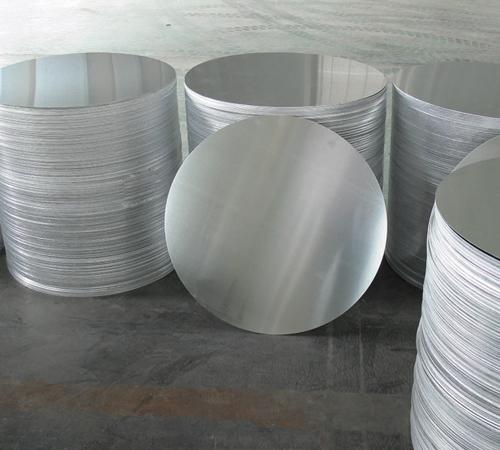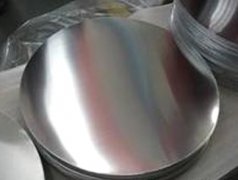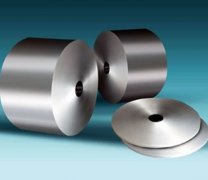aluminum plates crafts for automotives
First, throughout the production process of automotive aluminum panels, from the perspective of micro-organization can be simply reduced to two aspects: cleanliness (chemical metallurgical process) and uniformity (physical metallurgical process). Reflected in the actual large production process is the smelting (casting And rolling (heat treatment) control process. Excellent aluminum cleanliness and texture (texture) uniformity have positive effects on the stamping and joining properties of subsequent automobile manufacturers. Organization (texture) uniformity Sex including both the size of the grain size of the matrix and the proportion of the micro-texture that is favorable for formability. The macroscopic external performance of the material's performance is based on its microscopic intrinsic nature. Rational control of microstructure and texture can get the required macro performance.
In view of the mismatch between the raw material aluminum plant and the automotive aluminum plate, the natural aging of the automobile aluminum plate will occur in the process of phase, which will affect the subsequent molding. To solve this problem, domestic and foreign material engineers have conducted in-depth systematic research on the theoretical mechanism of the process. The pre-aging/pre-strain treatment process is proposed. The process of pre-aging after solution treatment in the raw material plant can alleviate the natural aging problem in the transportation and storage process of the plate, so that it has better formability in the stamping process.
Reasonable treatment of the surface of the aluminum plate is conducive to subsequent coating treatment. The surface treatment is mainly for the cold rolling state, which is divided into Mill Finish (MF), Electrostatic Discharge Texture (EDT) and electrons. Beam passivation (Electron Beam Texture, EBT) treatment.
Second, the body equipment of aluminum panels
The core technology for the production of automotive aluminum sheets is continuous annealing heat treatment and surface treatment, heating furnaces, hot rolling mills, coilers, cold rolling mills and air-cushion continuous heat treatment furnaces. The hot rolling mills of modern production lines generally include a reversible rolling mill and a high-speed finishing mill that follows. The cold rolling mill is generally single-stand reversible. The smelting, hot rolling and cold rolling processes are not significantly different from the conventional aluminum sheet production process, so there is no special requirement for the corresponding equipment.
The air-cushion furnace used in the continuous annealing heat treatment process mainly including an uncoiler, a degreasing box, a drying box, a heating zone, a cooling zone, a coiler, etc., and the static and dynamic airflow in the furnace supports the strip and strip like a mat, and at the same time realizes heating or cooling. The aluminum plate floats stably at a certain height in the furnace. The speed of the airflow is used to ensure high-speed heat exchange with the aluminum plate. By controlling the running speed of the aluminum plate in the furnace, the tension received and the furnace temperature achieve the solution treatment process of aluminum plate.
The production process of aluminum sheets for automobiles is shown. The aluminum liquid is continuously cast into aluminum billets of different specifications, subjected to surface treatment, heating, hot rolling, coiling, and cold rolling to obtain the desired thickness and then followed by continuous annealing heat treatment to require microscopic fine structure and properties.
There are many key technologies and difficulties in the production of aluminum sheet materials for automotive and will also have an important impact on the subsequent performance (stamping, painting, etc.).



